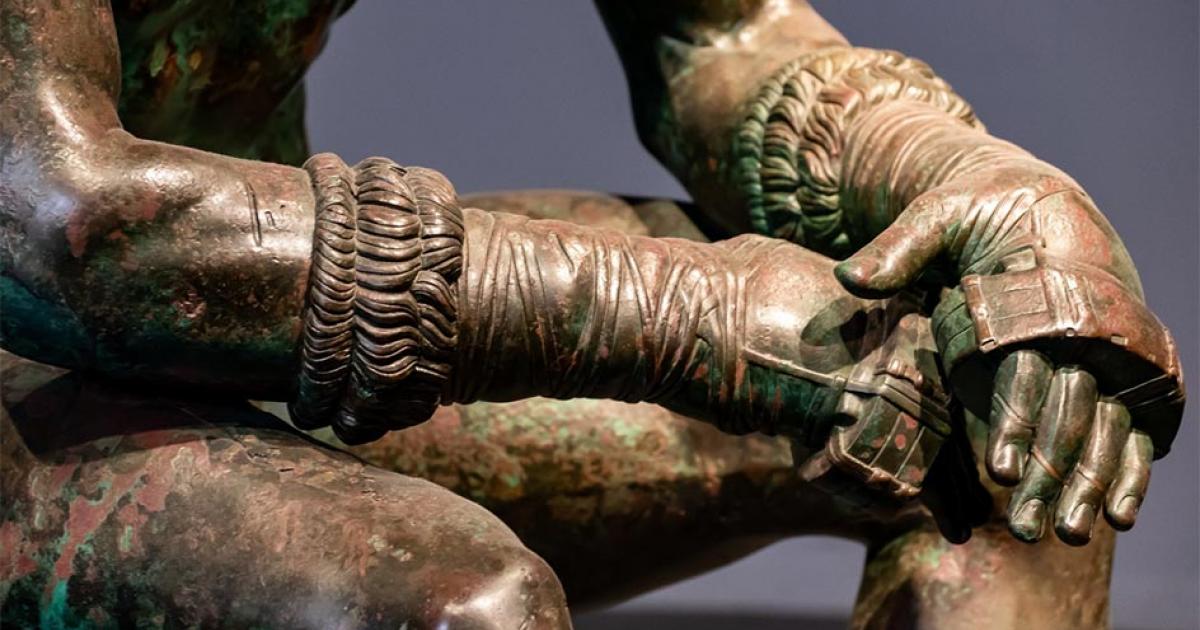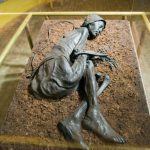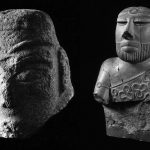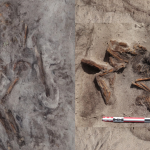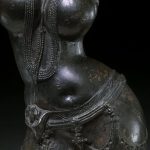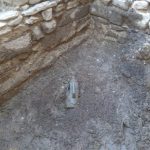Boxer at Rest (330–50 BC)
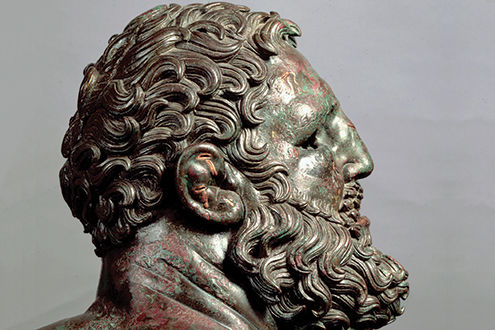
The Boxer at Rest (also known as the Terme Boxer, Seated Boxer, Defeated Boxer, or Boxer of the Quirinal) is one of the most famous surviving bronzes from the Hellenistic period (c. 330–50 BC). Discovered in Rome in 1885 on the Quirinal Hill, near the Baths of Constantine, the statue is celebrated for its extraordinary realism and emotional intensity.

The work portrays a seated athlete, physically strong but visibly battered from combat. His himantes (leather hand-wraps) mark his identity as a boxer, while the deep cuts, swollen ears, broken nose, and blood suggested by inlaid copper details emphasize the brutal nature of the sport.
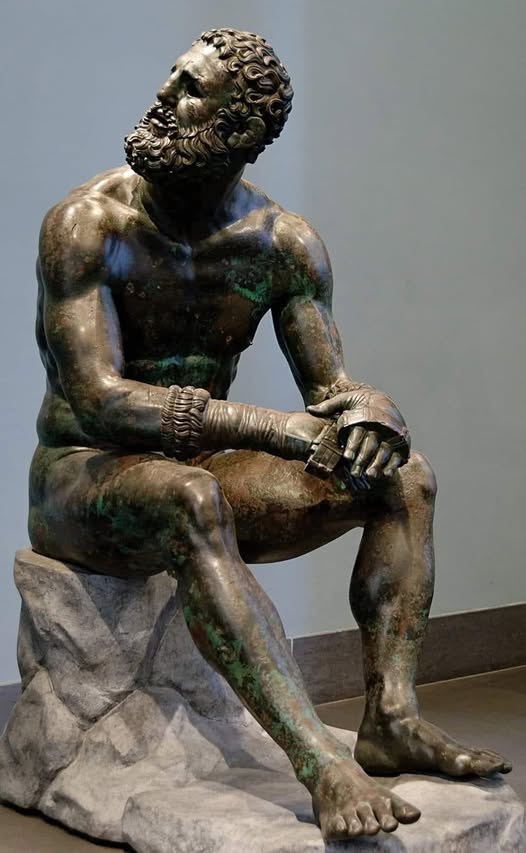
Unlike earlier Greek sculptures, which often idealized the athletic body, this piece highlights suffering, fatigue, and vulnerability, embodying the Hellenistic focus on pathos and the human condition.
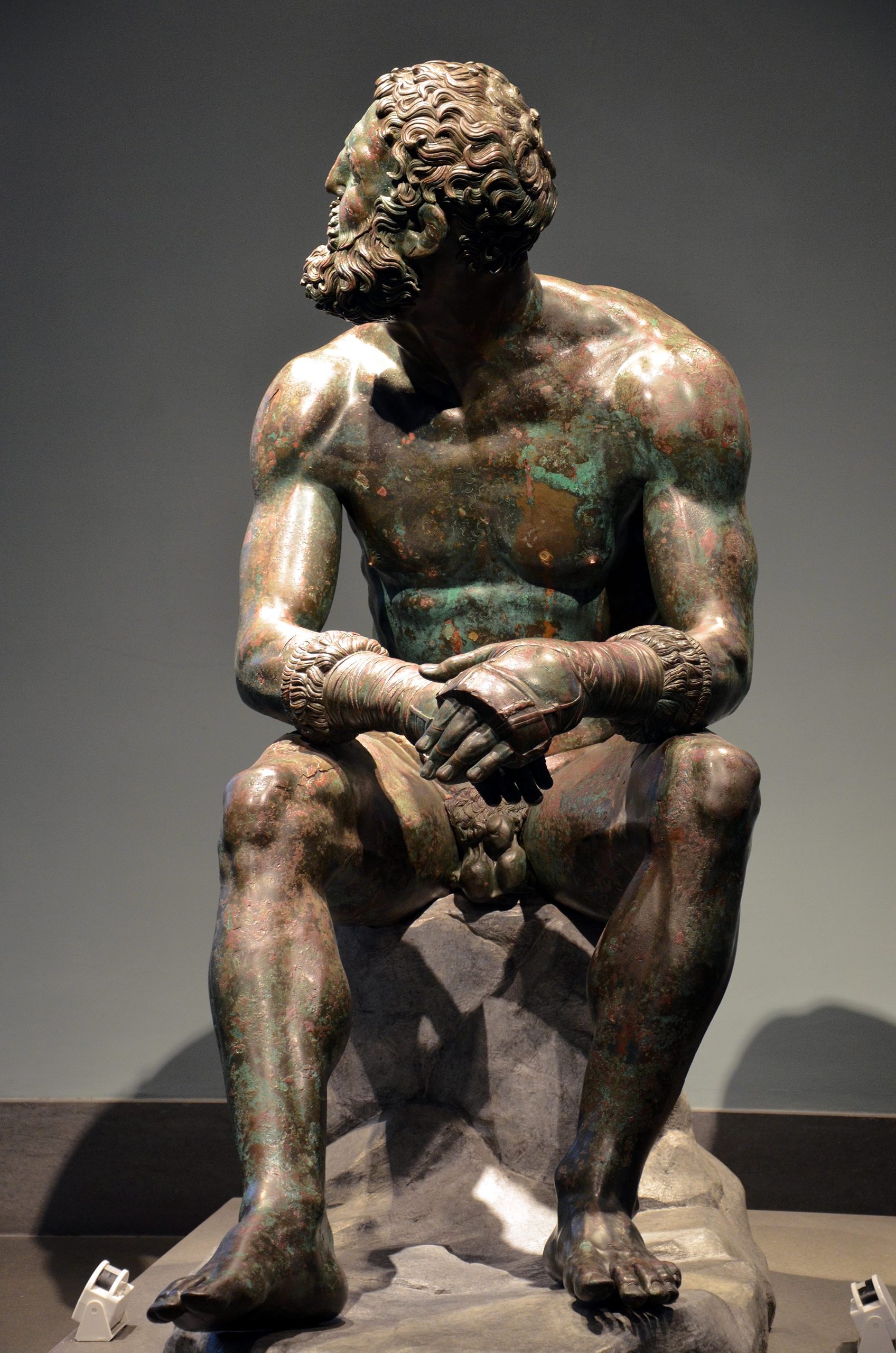
The statue’s posture is striking: he sits with his body turned, arms resting on his knees, and head slightly lifted, as though glancing toward an unseen opponent or awaiting judgment. This sense of narrative and psychological depth makes the Boxer at Rest unique in Greek art.
